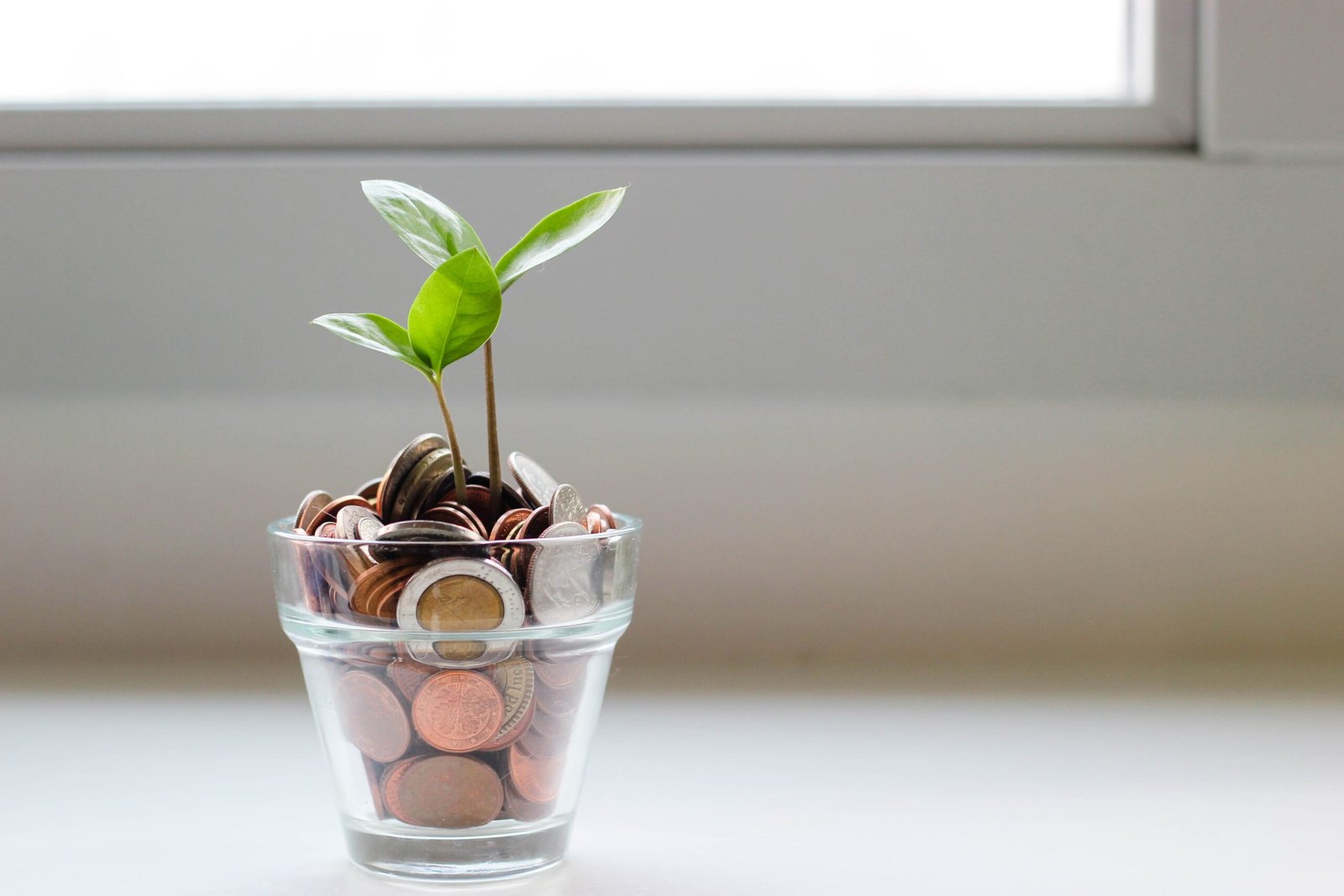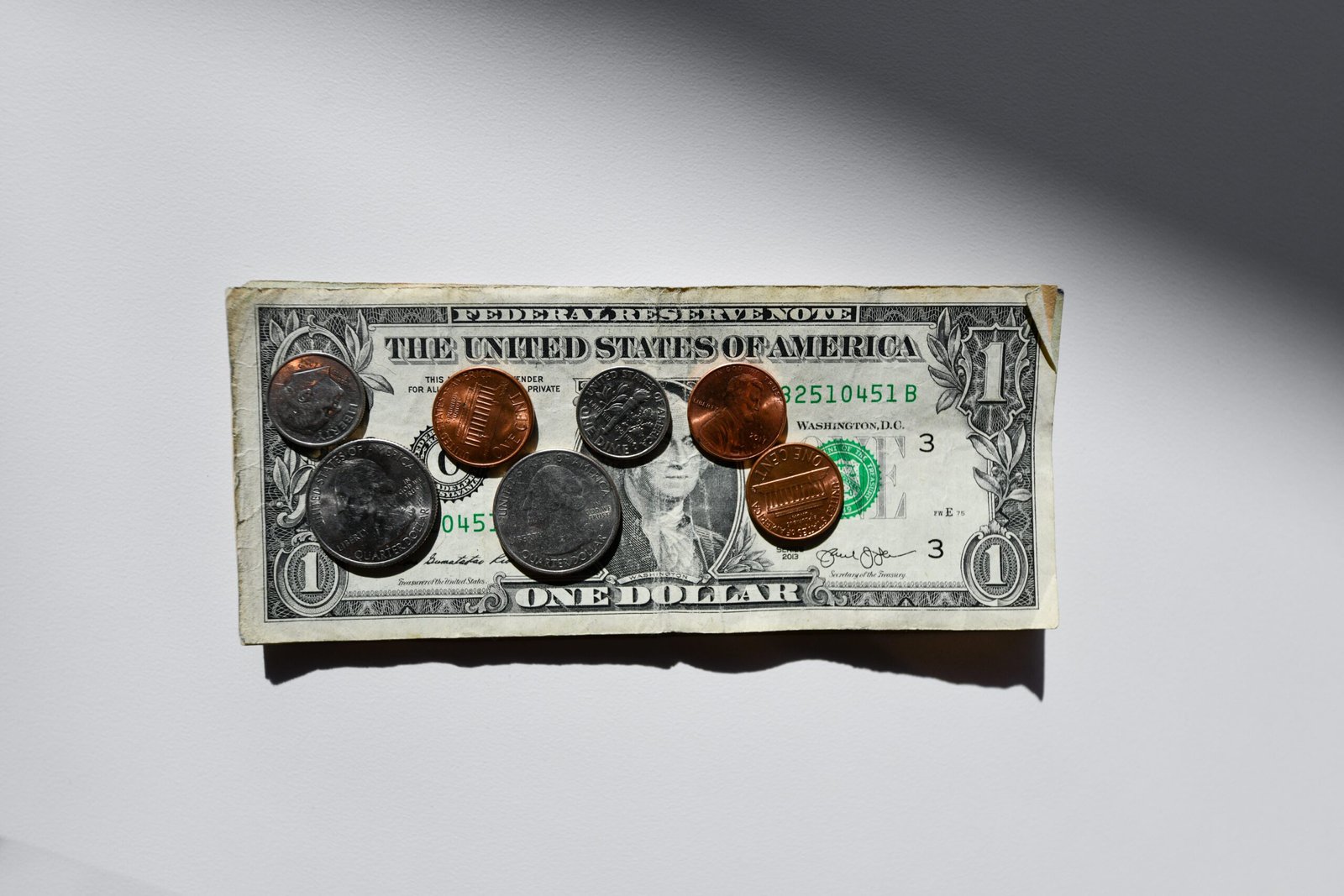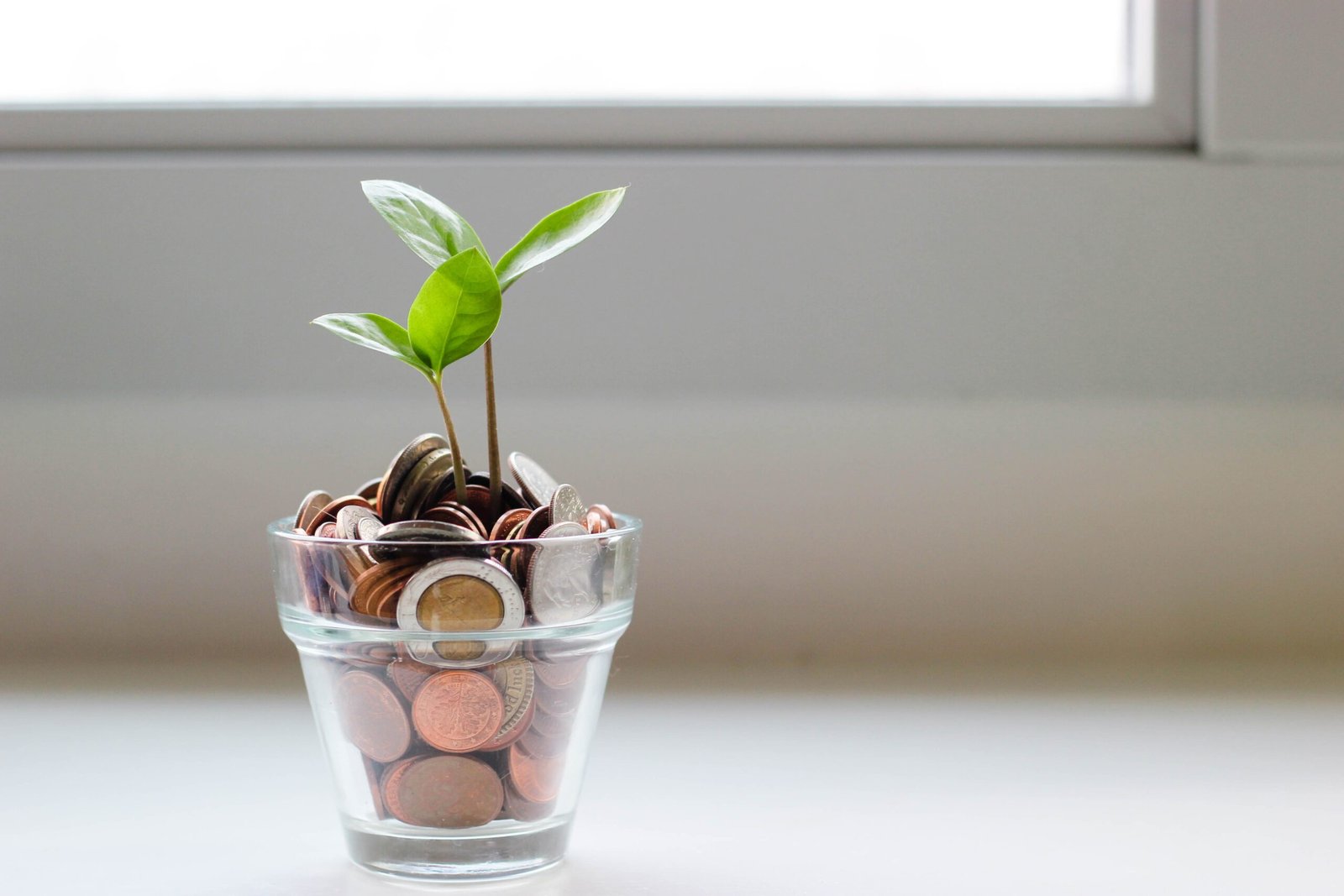Introduction
Imagine this scenario: you wake up one morning to find your car won’t start. You call a tow truck, and after a quick diagnosis, the mechanic informs you that your car needs a costly repair. You hadn’t budgeted for this unexpected expense, and now you’re left scrambling to find the funds to cover it. This is where having an emergency fund becomes crucial.
Building an emergency fund is an essential financial strategy that can provide you with peace of mind and protect you from unforeseen expenses. In this blog post, we will explore the top 10 ways to build an emergency fund and prepare for unexpected costs.
1. Set Clear Savings Goals
To start building your emergency fund, you need to set clear savings goals. Determine how much money you want to save and by when. Having a specific target will help you stay motivated and focused on your goal.
For example, if you aim to save $5,000 within a year, break it down into monthly or weekly savings targets. This approach will make the goal more manageable and achievable.
2. Create a Budget
A budget is a crucial tool for managing your finances effectively. By creating a budget, you can track your income and expenses, identify areas where you can cut back, and allocate a portion of your income towards your emergency fund.
Review your expenses and look for opportunities to reduce unnecessary spending. Consider cutting back on dining out, entertainment, or subscription services. Redirect the money saved towards your emergency fund.
3. Automate Your Savings
Automating your savings is an excellent way to ensure consistent contributions to your emergency fund. Set up an automatic transfer from your checking account to a dedicated savings account each month.
By automating your savings, you remove the temptation to spend the money elsewhere. Treat your emergency fund contribution as a non-negotiable expense, just like paying your bills.
4. Increase Your Income
If your current income doesn’t allow for significant savings, consider finding ways to increase your earnings. Explore part-time job opportunities, freelance work, or selling unused items.
By boosting your income, you can allocate more funds towards your emergency fund, accelerating its growth and providing you with a stronger financial safety net.
5. Reduce Debt
High-interest debt can hinder your ability to save for emergencies. Prioritize paying off debts, starting with those with the highest interest rates.
By reducing your debt, you free up more money to contribute towards your emergency fund. This not only improves your financial situation but also helps you avoid relying on credit cards or loans for unexpected expenses.
6. Cut Back on Non-Essential Expenses
Take a close look at your monthly expenses and identify non-essential items or services that you can live without. This might include cable subscriptions, gym memberships, or excessive shopping.
Redirect the money saved from cutting back on non-essential expenses towards your emergency fund. Remember, these sacrifices are temporary and will contribute to your long-term financial stability.
7. Explore Additional Income Streams
Generating multiple streams of income can provide you with more financial security. Consider investing in stocks, real estate, or starting a side business.
By diversifying your income sources, you can increase your overall earning potential and allocate more funds towards your emergency fund.
8. Take Advantage of Tax Refunds and Bonuses
When you receive unexpected windfalls like tax refunds or work bonuses, resist the urge to splurge. Instead, allocate a portion of these funds towards your emergency fund.
While it’s essential to reward yourself for your hard work, maintaining financial stability should be a priority. Use these unexpected funds to bolster your emergency fund and protect yourself from future financial setbacks.
9. Review and Adjust Regularly
Regularly review your progress and make adjustments to your savings plan as needed. Life circumstances and financial goals may change, requiring you to adapt your savings strategy.
Stay committed to building your emergency fund and make it a habit to review your finances at least once a month. Celebrate milestones along the way to stay motivated and encouraged.
10. Seek Professional Advice
If you’re unsure about how to effectively build an emergency fund or need assistance with financial planning, consider seeking advice from a professional financial advisor.
A financial advisor can provide personalized guidance based on your specific circumstances and help you make informed decisions to achieve your financial goals.
Conclusion
Building an emergency fund is a crucial step towards financial stability and preparedness. By following these top 10 ways, you can establish a solid financial safety net and protect yourself from unexpected costs.
Remember, the key is to start small and be consistent. Over time, your emergency fund will grow, providing you with the peace of mind and financial security you deserve.
FAQs
Q: How much should I save in my emergency fund?
A: Financial experts recommend saving at least three to six months’ worth of living expenses in your emergency fund.
Q: Can I use my emergency fund for non-emergency expenses?
A: It’s best to reserve your emergency fund for genuine emergencies, such as unexpected medical expenses, car repairs, or job loss. Avoid dipping into it for non-essential expenses.
Q: Should I invest my emergency fund?
A: It’s generally recommended to keep your emergency fund in a liquid, easily accessible account, such as a high-yield savings account. Investing your emergency fund may expose it to unnecessary risk.
Tips
– Start small and gradually increase your savings contributions over time.
– Track your progress using a spreadsheet or budgeting app.
– Stay disciplined and avoid using your emergency fund for non-emergency expenses.
– Regularly review and update your emergency fund savings goals.
– Share this article with others on social media to encourage them to start building their emergency fund too.
Remember, building an emergency fund is a journey, and every step you take brings you closer to financial security and peace of mind.









